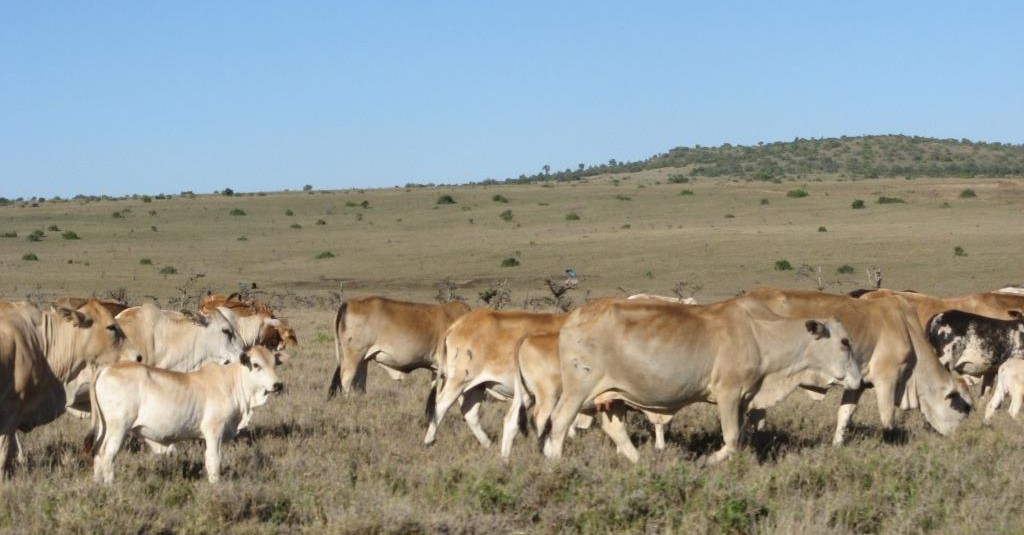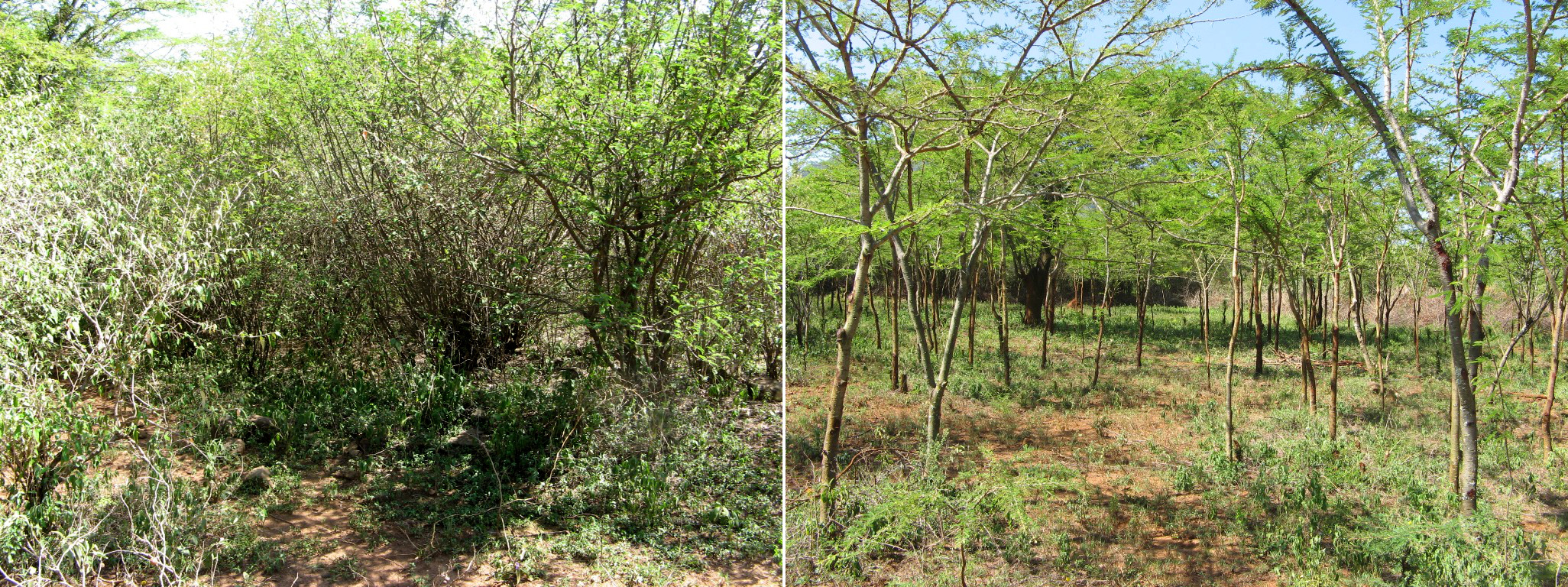
Rangeland degradation and regeneration in Tanzania
July 6, 2015
by Liz Rinaudo, Volunteer FMNR Assistant
Tanzania is the 11th largest country in Africa, just a little smaller than the state of South Australia, with a population of 48 million (about twice that of Australia).
Of its 947,303 square kilometers, approximately half is rangeland and in 2011, there were 21.3 million cattle, 15.2 million goats and 6.4 million sheep. However, livestock make a disproportionately low contribution to the national economy (3.8% in 2010) due in large measure to poor disease control and degradation of rangeland.
As the population has grown, investors and farmers have taken over some grazing land; but by far the biggest impact on pasture availability has been the degradation of the rangelands. In the 1920s, the government paid pastoralists to cut down native trees over vast areas to control Tsetse fly (there are now effective environmentally friendly ways of controlling it). Changed grazing patterns and further deforestation to meet the need for firewood, charcoal and construction have also contributed to rangeland degradation. Tanzania loses 412,000 ha of forests/year and 90% of the population depend on firewood or charcoal for cooking and heating.

Deforestation and constant grazing have made the land more susceptible to erosion and the development of hardpan which does not absorb rainfall and supports little grass
Many of the trees cut down have resprouted and become impenetrable bush thickets and these cover many millions of hectares of grazing land across Tanzania, Kenya, Uganda and many southern African countries. They make the land difficult to clear for cropping and are of little value for firewood, construction materials or for grazing by livestock and larger wildlife.
In Kenya, farmers have been using FMNR principles to restore bush thickets to productivity. By slashing the undergrowth and pruning the trees, thickets are transformed into grassy woodlands and dairy farmers have increased their milk production by two to five times on the same area of land with the same cows.

LEFT: Bush encroachment reduces the availability of pasture for both livestock and wild herbivores. RIGHT: When the tress are pruned and the undergrowth cleared, grass grows, there is more feed for livestock and wildlife such as antelopes start to return.”
Many more millions of hectares of grazing land, in Tanzania and beyond, are now bare hardpan with little in the way of grass or trees. This massive reduction in the area and carrying capacity of rangelands has led to conflict between pastoralists and farmers and other parties as pastoralists feel forced to move their livestock into farmland and national parks. Much of the degraded grazing land is only ever visited by herders and so, they are the only ones who could make the changes needed to reverse the degradation. Managed natural regeneration of trees, in their hands, could transform large areas.
On 9-10 June 2015, World Vision Tanzania facilitated a workshop to promote the idea of ‘Pastoralist Managed Natural Regeneration’ (along with encouragement to adopt planned grazing which many of them already knew about). Sixty-five pastoralists, National Park staff, cultural leaders and others working with pastoralists attended. The FMNR team (from Australia and Tanzania) challenged them to think about the ways that pastoralists could be part of the solution, a radical idea which surprised and inspired them since they had long ago grown tired of being told that they were the problem/cause of rangeland degradation.
The participants rapidly understood the value of managed natural regeneration of trees to restore rangelands, increase the availability of tree products, increase fodder, increase infiltration and retention of rainfall in the soil, build social capital and reduce conflict.
They left the conference enthusiastic but with the knowledge that they need to spread the understanding that grazing land can be restored to productivity; activate existing bylaws; add bylaws to make planned grazing possible and most of all, collaborate with all stakeholders to produce better outcomes.
